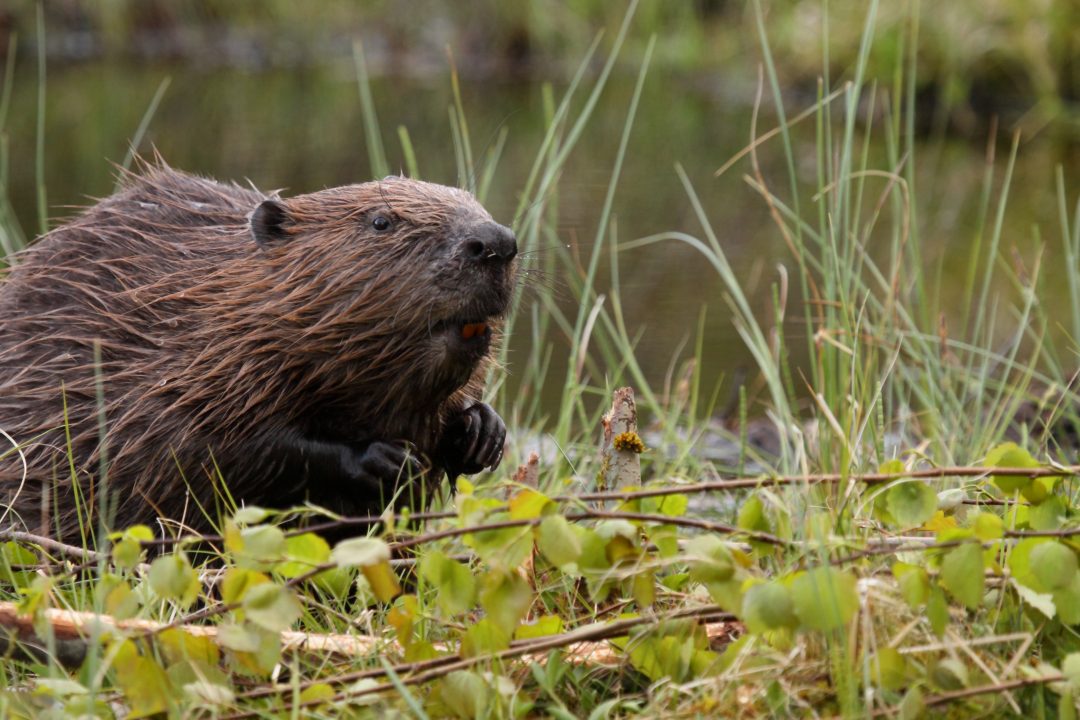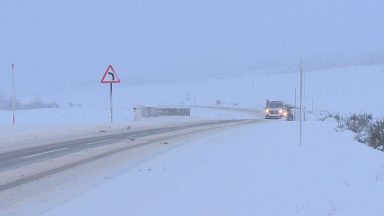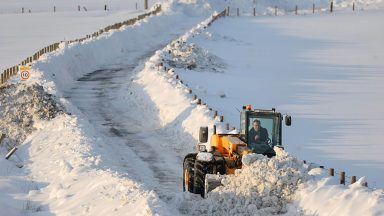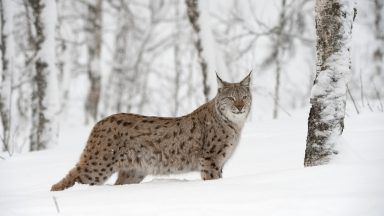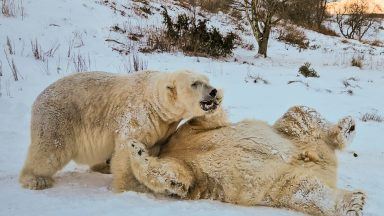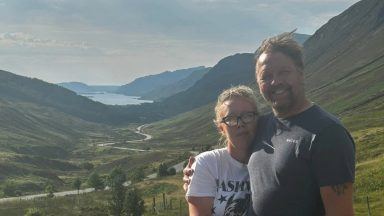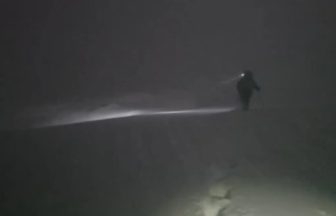Communities are being invited to discuss the potential return of beavers to the Loch Ness area.
The discussion is being run by Trees for Life in partnership with the Beaver Trust during September and October.
The community and stakeholder engagement will gather views on the opportunities and concerns that would come with the native species being introduced to some of the waterbodies close to the loch between Fort Augustus and Lochend.
The community discussion will investigate this more closely with input from people who live and work locally with the group emphasising the discussions are in early phases to understand what the community response is.
During September and October there will be a series of welcoming drop-in events staffed by Trees for Life and Beaver Trust in Drumnadrochit, Foyers, Invermoriston, Fort Augustus, Dores and at Trees for Life’s Dundreggan Rewilding Centre in Glenmoriston.
NatureScot staff will also be in attendance to answer questions, and there will be an emphasis on local views and engagement.
Alan McDonnell, head of nature restoration at Trees for Life, said: “Bringing beavers back to the Loch Ness area can offer real benefits for communities, businesses, landscapes and nature, but needs careful consideration.
“So, we want to hear a full range of views and community voices, including any concerns about changes beavers might bring.”
In 2022, the River Ness was identified by NatureScot as one of Scotland’s most suitable catchments for beavers.
It has a network of beaver-friendly habitats, including wetlands, freshwater, and more than 3,000 hectares of suitable woodland.
Dr Roisin Campbell-Palmer, head of restoration at the Beaver Trust, said: “We look forward to discussing the benefits and impacts of beavers in the area with those attending the events, including how to establish healthy wild populations, support long-term co-existence with local people and land uses, and ensure the species can thrive.
“This forms an important step towards expanding the beaver population into suitable areas as part of Scotland’s national beaver strategy.”
Introducing beavers comes with benefits such as the wetlands they create can benefit other wildlife and reduce flooding. However, beavers can also cause damage on farmland.
A series of in-person and online events, as well as one-to-one discussions, will engage with people’s views on the opportunities and concerns that might come with beavers returning to the area.
The community discussion is in line with the Scottish Government’s Scottish beaver strategy, which was published in 2022.
The strategy aims to ensure communities can maximise the benefits of beavers, with any negative impacts minimised and to actively expand the beaver population into appropriate areas.
Beavers cannot be captured, transported or released in Scotland without a licence from NatureScot.
Under both the Scottish code for conservation translocations and the Scottish beaver strategy, an essential step in applying for any reintroduction licence is public engagement to carefully consider all the benefits and issues that could come with a specific project.
The ecological aspects are also an essential issue, with detailed habitat assessments a key part of this.
Professor Jill Robbie, chair of the Scottish Beaver Advisory Group and deputy chair of NatureScot, said: “Scotland’s beaver strategy aims to increase the current range of beavers in Scotland, restoring them to suitable parts of the country, with appropriate management and mitigation where necessary.
“We welcome the launch of this consultation, which is aligned with the implementation of the strategy, and it is vital that local communities and stakeholders are engaged, and their views considered, to ensure any translocation is a success.
Beavers were officially reintroduced to Scotland in 2009 after being hunted to extinction in the country 400 years ago.
Follow STV News on WhatsApp
Scan the QR code on your mobile device for all the latest news from around the country


